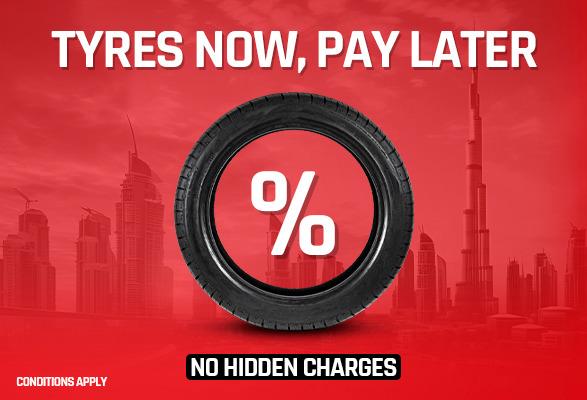The Influence of Altitude Changes on Tire Pressure
Over the course of the last few articles, we have focused primarily on emerging technologies in the tire industry. However, it is not the case with today's article. In this article, PitStopArabia will be tackling an issue which is common among people visiting high altitude areas. The motivation for this article comes from the first-hand experiences of customers.
Last week, a customer shared a story of how he was driving in a mountainous region in Europe last year. The customer remarked that as he began driving up higher altitudes, the Tire Pressure Monitoring System (TPMS) light came on. He said that that the tire pressure felt a little off. It is even though he ensured that the tyres were pressurized adequately.
It brings us to today's topic. In this article, PitStopArabia discusses how a change in altitude has an impact on tyre pressure.
Altitude Changes and Tire Pressure
Two of the most significant factors that affect a tire's pressure are temperature and altitude. The influence of temperature on a tyre is quite substantial. Also, it has been discussed in ample detail before. The impact of temperature on tyre pressure can be ascertained from the fact that we have specialized tyres for different seasons.
On the other hand, the impact of altitude on the tire's pressure is minimal, and it can easily be accommodated. To understand the effect of altitude and on a tire, it is vital first to understand atmospheric pressure and how it works. Atmospheric pressure is the pressure exerted on an object by the weight of the air molecules.
The naked eye cannot see these air molecules, but they do have mass, and they do occupy space. When the altitude increases, the atmospheric pressure decreases. Now, to ensure safety, you should always keep the pressure of your tires checked. The tire pressure mostly depends on the size of the tire and the weight of the vehicle. And if you want to know the correct tire pressure, you can always refer to the vehicle's manual given to you. You can even head to your nearest local gas station to ensure that all the tires have the ideal tire pressure.
For those who do not know the concept of altitude and its effect on the tires, here is something that might come in handy;
When a car changes the altitude, the air pressure (external) around it changes. Tire pressure is created with a combination of internal air (in the tire) and the outer air, which is in the environment. When your car goes to a higher altitude, air resistance reduces. It is when a higher-pressure level is created inside the tire. To have a smooth ride, you are supposed to keep a check on your tires and make sure that they are perfectly balanced with the right pressure levels.

















































Final Thoughts
This is important, especially if you do not want any wear and tear with your tire. On higher altitudes, you cannot take the risk of driving on over-inflated or under-inflated tires because, in both conditions, you will not be able to have the best grip on the road. In a nutshell, what we conclude from this article is that the pressure level of your tires is a must-check for you, and you should always monitor it while climbing higher altitudes.